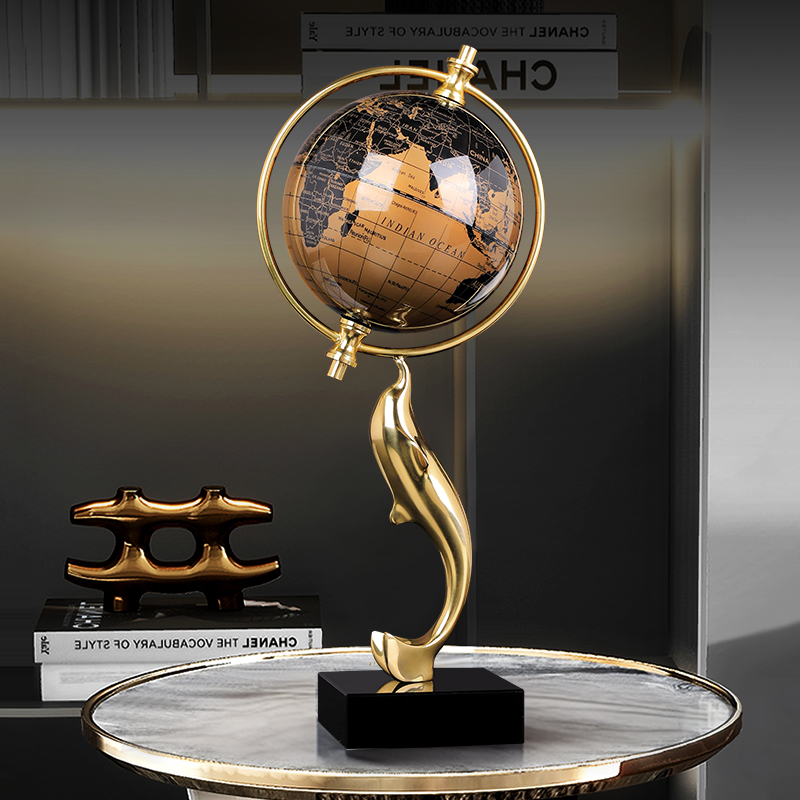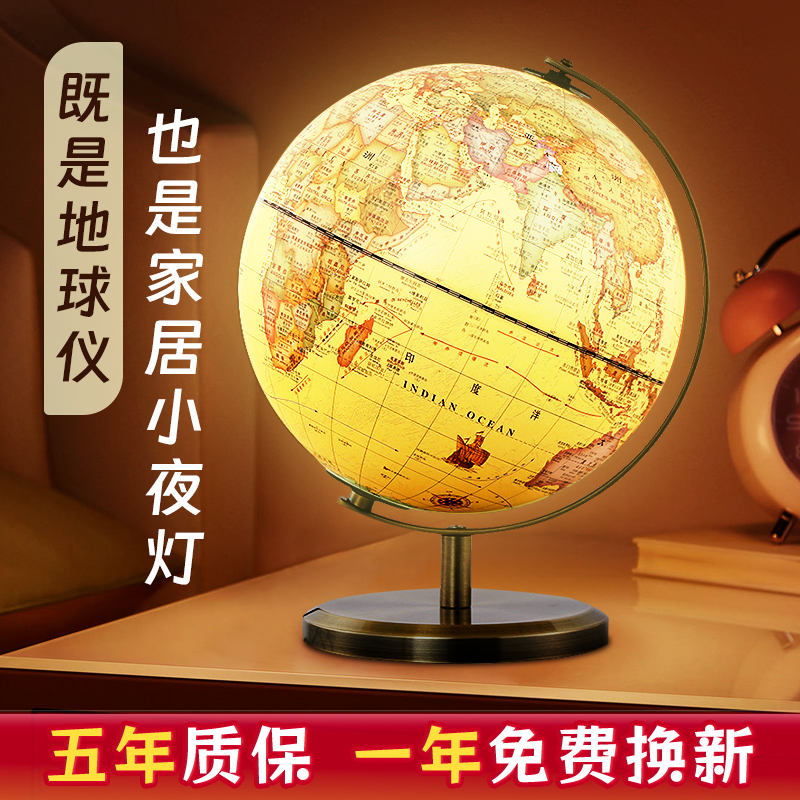学习必备工具:探索地球仪的多元学习功能
峎迥匞
2024-10-25 10:44:55
0次
学习必备工具:探索地球仪的多元学习功能
随着科技的进步和教育理念的不断更新,我们不难发现,工具在我们的学习中扮演着越来越重要的角色。今天,我们要特别关注一种具有多元学习功能的工具——地球仪。地球仪不仅在地理学习中有着重要的作用,还可以在多个学科领域中发挥其独特的价值。
一、地球仪的基本功能
首先,地球仪是地理学习的必备工具。它真实地反映了地球的形状和各地区的地理位置,使学生能够直观地了解地球的构造和各地的分布情况。此外,地球仪上还标注了各大洲、国家、城市等地理信息,帮助学生更好地掌握地理知识。
二、地球仪的多元学习功能
1. 历史学习:地球仪上可以标注历史事件的发生地,帮助学生更好地了解历史事件的发生背景和地理位置。此外,结合地图和史料,可以让学生更加深入地了解历史事件的发展过程。
2. 科学学习:在科学学习中,地球仪可以帮助学生学习天文、地质、生物等学科知识。例如,通过观察地球的自转和公转,学生可以更好地理解天文知识。此外,地球仪还可以帮助学生了解地质构造和生物地理分布。
3. 语言学习:地球仪对于语言学习者来说也是一个宝贵的工具。通过观察不同国家和地区的地理位置,学生可以更好地掌握各地的语言和文化特点。这对于语言学习和文化交流具有重要意义。
4. 商业学习:在商业领域,地球仪可以帮助学生学习市场分析、商业战略等知识。通过观察各地的经济、文化、人口等情况,学生可以更好地了解市场环境,为未来的商业活动做好准备。
三、如何有效利用地球仪进行学习
1. 定期查看:定期查看地球仪,了解各地的地理位置和特点,加深对地理知识的理解。
2. 结合教材:将地球仪与教材相结合,通过观察实际的地理位置,更好地理解教材中的知识点。
3. 互动学习:与同学、老师进行互动学习,讨论地球仪上的各种地理现象和问题,提高学习兴趣和效果。
4. 利用科技:利用科技手段,如AR地球仪等,使学习更加生动有趣。
Exploring the Multi-Learning Functions of the Globe as an Essential Learning Tool
With the continuous advancement of technology and the updating of educational concepts, it's not hard to see that tools play an increasingly important role in our learning process. Today, we'll focus on a tool with multiple learning functions - the globe. The globe not only plays a vital role in geography learning but also can exert its unique value in multiple subject areas.
I. Basic Functions of the Globe
Firstly, the globe is an essential tool for geography learning. It truly reflects the shape of the earth and the geographical locations of various regions, enabling students to intuitively understand the structure of the earth and the distribution of various places. Additionally, the globe is marked with geographical information such as continents, countries, and cities, helping students better grasp geography knowledge.
II. Multi-Learning Functions of the Globe 1. History Learning: The globe can mark the locations where historical events occurred, helping students better understand the background and geographical location of historical events. With maps and historical materials, students can deeply understand the development process of historical events. 2. Science Learning: In science learning, the globe can help students learn about disciplines such as astronomy, geology, and biology. By observing the rotation and revolution of the earth, students can better understand astronomical knowledge. Furthermore, the globe can help students understand geological structures and biological geographic distribution. 3. Language Learning: The globe is a valuable tool for language learners. By observing the geographical locations of different countries and regions, students can better grasp the language and cultural characteristics of each place. This is of great significance for language learning and cultural exchange. 4. Business Learning: In the business field, the globe can help students learn about market analysis, business strategies, and other knowledge. By observing various economic, cultural, and population situations, students can better understand the market environment and prepare for future business activities. III. How to Effectively Use the Globe for Learning 1. Regularly review: Regularly review the globe to understand the geographical locations and characteristics of various places, deepening your understanding of geography knowledge. 2. Combine with textbooks: Combine the globe with textbooks, and observe the actual geographical locations to better understand the knowledge points in the textbooks. 3. Interactive learning: Conduct interactive learning with classmates and teachers, discussing various geographical phenomena and issues on the globe to enhance learning interest and effectiveness. 4. Utilize technology: Utilize technological means such as AR globes to make learning more vivid and interesting.相关内容
热门资讯
儿童学习必备:如何选择合适的地...
摘要:选择适合儿童的地球仪和文具至关重要,应考虑用途、尺寸、质量、精度和孩子年龄等因素。铅笔、橡皮、...
探索未知的地球:地球仪在科学学...
地球仪在科学学习中价值巨大,特别是地理教学和科学研究中。其以立体形式展示地球信息,可直观了解地理特征...
"为学习添彩:十种必选的学习用...
文章介绍十种必选学习用品,如铅笔、钢笔、彩色笔等,并探讨它们与地球仪的配合使用方法,如地图与地球仪印...
学习用品中的佼佼者:多功能地球...
本文为多功能地球仪的选购指南,重点从尺寸材质、功能特点、精确度和质量、品牌价格等方面介绍如何挑选。地...
"科技与传统并存:10款顶级学...
科技与传统结合,10款学习用品与地球仪搭配,如电子书、平板、智能笔等,提供直观、互动的地理学习体验,...
探索地球奥秘:从学习用品到地球...
旅程探索地球奥秘:从学习用品至地球仪,深入发现未知,了解地形、气候和地球运行规律,挖掘无尽奥秘。地球...
地球仪:探索世界的窗口
地球仪作为探索世界的窗口,不仅提供地理信息,还是教学和艺术创作的宝贵资源,并在日常生活、旅行规划、商...
探索学习用品的新世界:地球仪与...
本文探讨了地球仪的魅力、在日常生活和教育、旅游、科研等领域的作用及未来发展。地球仪作为学习用品,融合...
学习者的好助手:全面了解学习用...
文章概述了学习用品如文具和电子设备的重要性,以及地球仪在了解地理环境方面的作用。学习用品可提高学习效...
环保学习用品:绿色生活从我做起
摘要:环保学习用品指采用环保材料制成的、对环境影响小的学习用具。选择环保学习用品可保护环境、培养环保...



